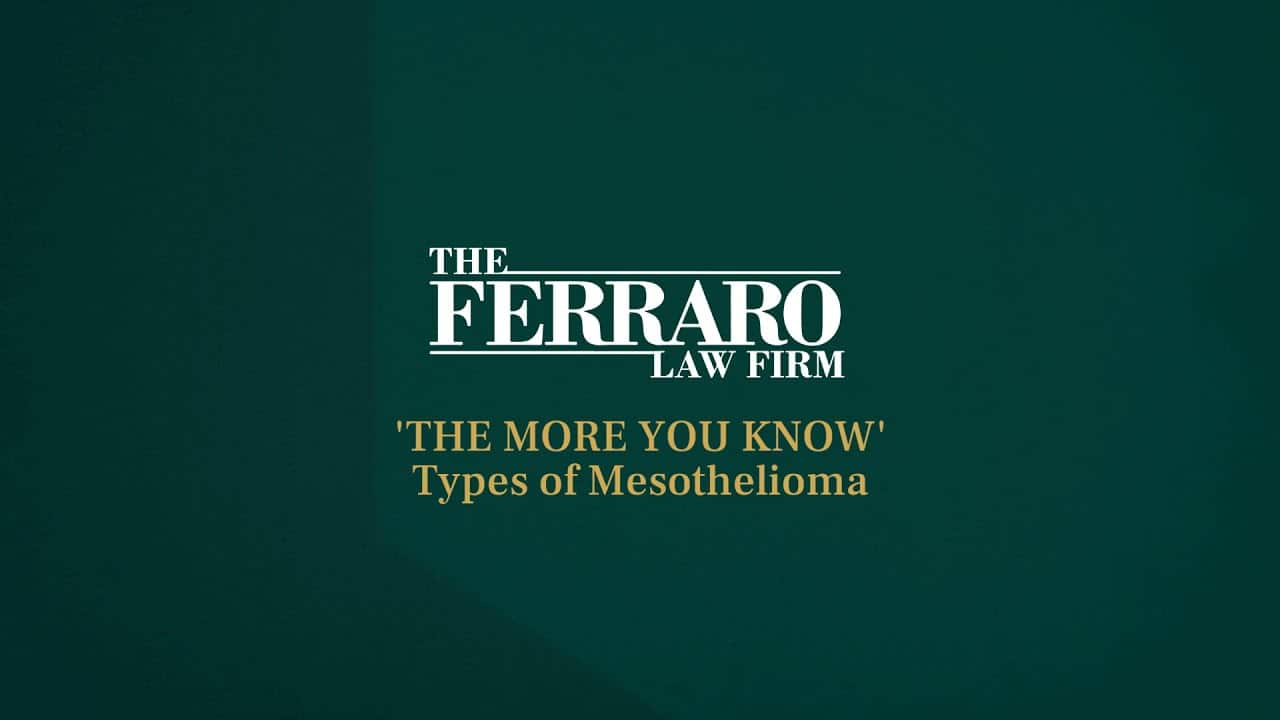If you were seriously injured, remember that it is crucial to choose the right law firm to represent your interests. We have been doing this for more than three decades, and have the resources you need to challenge any opponent.
Collin v. CalPortland Co. – Mesothelioma Lawsuit Reviewed by Appellate Court
It’s common in mesothelioma litigation for plaintiffs to file suit against numerous defendants, alleging that a harmful degree of asbestos exposure from each of them contributed to terminal illness.
Many defendants fight vigorously early in the process to obtain a summary judgment in their favor. A summary judgment means the court has determined there is no triable issue of fact to be decided, but rather that the issues at hand are a matter of law. A summary judgment in favor of the defendant means the lawsuit will not be allowed to proceed to trial. Our mesothelioma lawyers know that in these cases, defendants can obtain a summary judgment if it can be shown the plaintiff does not possess and could not reasonably obtain evidence that exposure from the defendant’s asbestos-containing product contributed to the plaintiff’s illness.
Such was successfully asserted by four of 22 defendants recently in the asbestos lawsuit Collin v. CalPortland Co. The plaintiff appealed those summary judgments, and the California Court of Appeal for the Third Appellate District in Sacramento reversed with regard to two defendants. That means the cases against those two defendants may proceed to trial.
According to court records, the plaintiff was a former construction worker who had been employed by various firms over the course of his career. He asserted his occupational exposure to the defendant’s harmful products occurred starting in the mid-to-late 1950s and continued through the 1990s. He was diagnosed with mesothelioma several years after he retired.
The four defendants who successfully sought summary judgment were CalPortland Company, J-M Manufacturing Company, Inc. (J-MM), Formosa Plastics Corporation USA, and Kaiser Gypsum Company, Inc.
CalPortland argued the plaintiff never specifically stated he was exposed to the gun plastic cement product it manufactured. This was the only asbestos-containing product the company ever made and sold. The plaintiff argued that, despite never citing the name specifically in his deposition, it could be reasonably inferred that he used this product when he discussed using a plastic cement product while on job sites.
Kaiser Gypsum argued it stopped manufacturing asbestos-containing products in 1976, and the plaintiff never indicated exactly when he suffered exposure to its product. The plaintiff countered that, even though he couldn’t pinpoint exactly when the exposure occurred, he did specifically state exposure to dust from the company’s joint compound between the mid-1950s and mid-1990s. He further asserted the company only made a non-asbestos-containing joint compound for two years, whereas it made the asbestos-containing joint compound for 20 years.
J-MM asserted it couldn’t be liable for asbestos-containing cement pipes made prior to its formation in the early 1980s, and the plaintiff failed to produce evidence that he was exposed to any such cement piping after 1979. Furthermore, the company argued it didn’t have a duty to warn the plaintiff of the danger since as a construction worker he was a “sophisticated user” of the products. Formosa was named as an alter ego for J-MM, and it argued for summary judgment on the same assertions.
The plaintiff countered there was no evidence that he was a sophisticated user, and furthermore, he did indicate during his deposition that he used the companies’ cement piping well into the 1980s. The trial court granted the defendants’ motions for summary judgment, but the plaintiff appealed.
With regard to the first two companies, the appellate court determined that despite numerous opportunities to provide more specific evidence, his proof of exposure by these firms was factually insufficient. Colton made two types of plastic cements, only one of which – the gun plastic cement – contained asbestos. The plaintiff testified he never worked with a Colton product where the word “gun” appeared on the container. No witnesses or documents could back his claim of exposure.
With regard to Kaiser Gypsum, the court found the plaintiff’s timeline of exposure lacking in specifics, and therefore it found summary judgment proper.
However, with regard to J-MM and Formosa, the appellate court reversed, finding there was enough basis to form questions of fact for trial. Several pieces of evidence to which the firms had pointed in their request were absent in the record, and the appellate court refused to consider evidence not properly entered into the record. Furthermore, the appellate court indicated that these were the only companies producing asbestos-containing Transite during the alleged time. The court rejected the defendants’ notion that the plaintiff had to show “substantial exposure” to its product in order to prove injury. Rather, a person alleging asbestos exposure injury needs to show that the product or activity was, with reasonable medical probability, a substantial factor in either causing or contributing to the plaintiff’s illness. The defendants here failed to meet their threshold of proof to show the plaintiff could not do that with regard to their product.
Table of Contents
Frequently Asked Questions: Mesothelioma & Asbestos
What is asbestos?
Why is asbestos dangerous?
What are asbestos-related diseases?
What causes mesothelioma?
What are the different types of mesothelioma?
What are common mesothelioma symptoms?
Do I qualify for compensation if I have mesothelioma?
What is the life expectancy for someone with mesothelioma?
Do I qualify for compensation if I have mesothelioma?
Help for mesothelioma victims can be found at The Ferraro Law Firm by calling (888) 554-2030. Offices in Miami, Washington, D.C., and New York City.
Additional Resources:
Collin v. CalPortland Co., July 30, 2014, California Court of Appeal, Third Appellate District (Sacramento)
More Blog Entries:
Mesothelioma Litigation With Numerous Defendants Commonplace, Sept. 23, 2013, Mesothelioma Lawyer Blog






